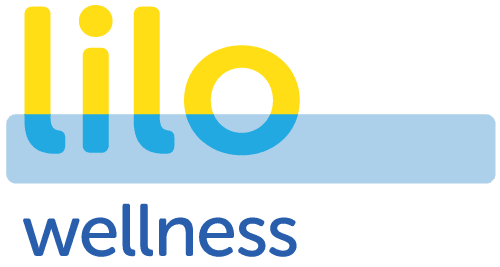
20 Dec ADHD Medications for Adults: Principles for Success.

Regardless of what you may have heard, the science is clear. For most people, nothing improves symptoms as much as stimulant medication. However, getting ADHD medications for adults right is a process that all too often ends too soon and therefore treatment can be less effective than it should be. Here are some key principles that are super helpful to get ADHD medications right in adults.
Just this week a client of mine who I’ve worked with over a very long period of time – and who I have encouraged many times to speak to her doctor about trying a higher dose of her medication – said this to me after she finally took my advice:
“I cannot believe how much difference 10 mg of Vyvanse can make.”
All of a sudden, she’s making great strides with EVERYTHING we’ve been working on. Her priorities are clearer, she’s more motivated and she’s finally able to stick to her plan for the day.
This is why I always start with supporting my coaching clients to make sure they’ve got their medications right before all else. When you find your sweet spot – always in partnership with your doctor – putting in place all the other strategies, and a whole heap of other stuff you need to get done every day, become so much easier.
NOTE: While less common, some people need doses lower than the usual recommended starting dose so finding your sweet spot is not always about taking higher doses of medication. If you’re very sensitive to medications in general, or you had very unpleasant side effects on the lowest dose of a stimulant medication, this might apply to you. (Though it might also be simply that the other ‘active ingredient’ – there are only two – would suit you better).
Here are three key principles that can help you get your medications right.
1. Using long-acting stimulants as the first choice of ADHD medication for adults usually leads to much better symptom control than short-acting stimulants.
For the vast majority of people*, short-acting ADHD medications (such as dexamphetamine and Ritalin) are much harder to get right because symptom management is likely to vary throughout the day. For adults in particular, this can be a big issue due to memory problems making taking them in a timely way very difficult. Long-acting medications, such as Vyvanse and Concerta, are therefore more likely to lead to the best outcomes.
However, it’s worth noting that many people find that taking long-acting medication supplemented with short-acting medication as required, to extend the hours in the day of effective treatment, leads to the best ADHD management.
2. We have a low bar when it comes to expectations of how well we should function.
Often, when you first try medication, you might see what look like incredible improvements in your ability to get things done and stay on top of our load. Not surprisingly, when we report this back to your doctor, the decision is made to stop there in terms of increasing the dose.
What many doctors don’t realise is that it’s considered best practice to keep increasing until there’s no further benefit. So even when you think your medication is working very effectively, it might be beneficial to keep going because you don’t know what’s possible -always working with your doctor though, and never taking more medication than prescribed.
When you try a higher dose and there’s no further benefit, the dose before is the right dose. If you want a resource to share with your doctor about this, this webinar on the Australian ADHD Professionals Association website about best practice medication management that states exactly this.
3. When it comes to ADHD medication for adults, less is not necessarily better.
This is a given: no one should take any type of medication unless there’s a darn good reason to, and when there is a need for medication, you should take the smallest effective dose.
Unfortunately, though, we’ve all been brainwashed into thinking that medication is evil and that ADHD medication is especially evil, and therefore, if you really must take it, you should take the smallest dose possible.
But the fact is that the goal of the medication is to function as well as possible so you can enjoy a fantastic quality of life. While medication alone is never enough (other lifestyle factors play a huge role too) if your dose is not helping you move closer to achieving this, it may simply be a matter of needing to take more.
Put simply, some people metabolize these substances incredibly effectively. And there should be no shame in being able to clear the medication more effectively than others! The ‘right dose’ is the dose that leads to the biggest improvement in your symptoms without adverse effects outweighing the benefits.
While these principles will go a long way to help you have great symptom management, getting ADHD medications right is trickier for some of us than others. There are so many factors at play that are way beyond the scope of a short blog. That said, they are a great place to start.
*BTW the first and third principles shared are also relevant to kids, however as the focus of this article is adults I wanted to make this clear.
If you're unsure you’ve found your medication sweet spot & you'd like to understand your ADHD brain better check out the FREE 10-minute ADHD Check-up and Reset workshop.
Thank you!
Redirecting you now...

